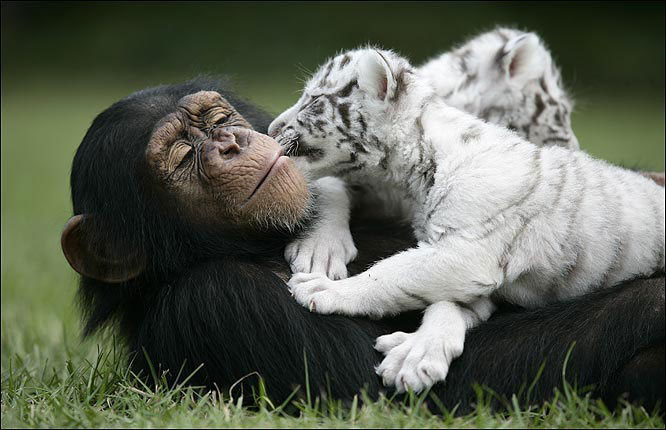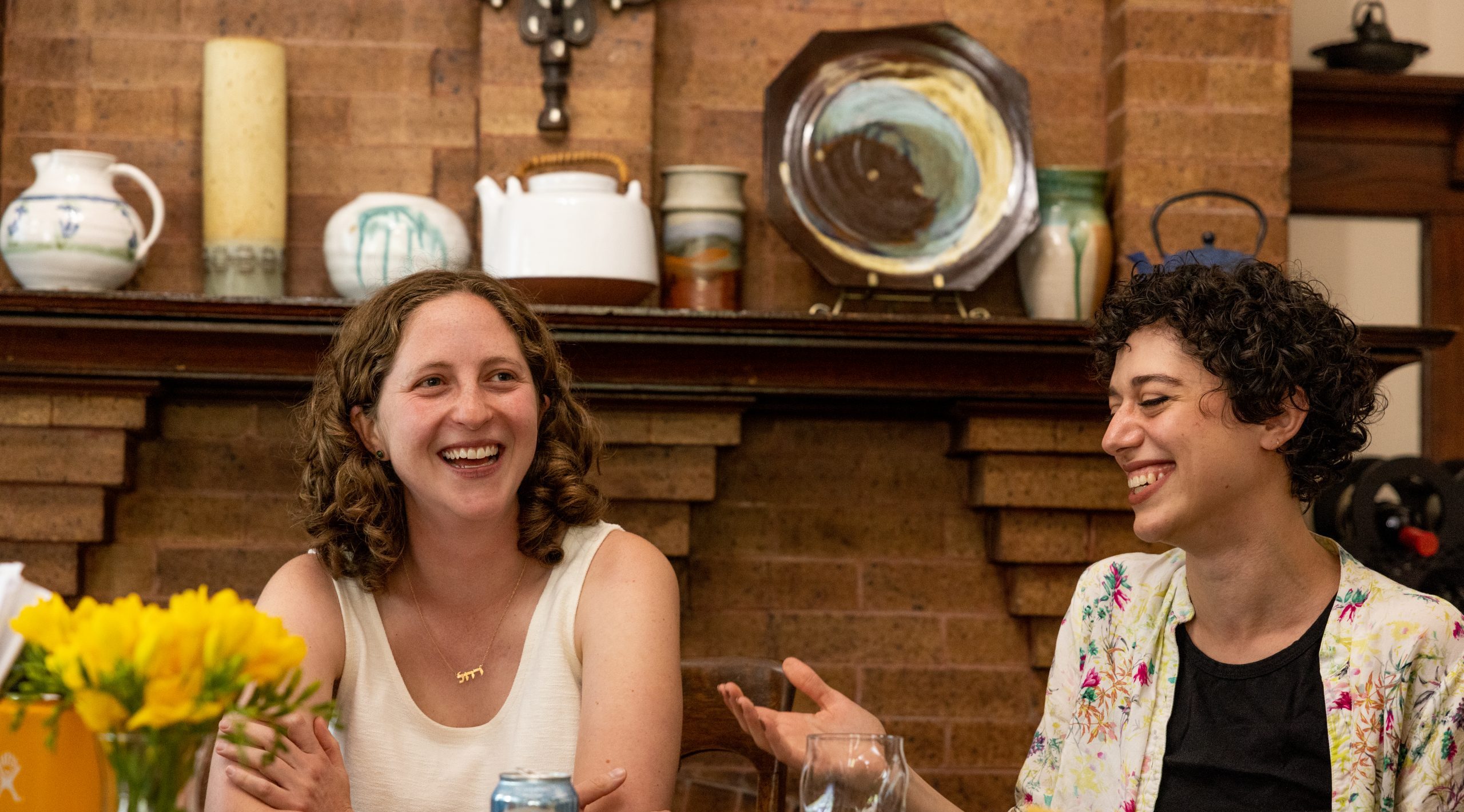
Jun 25, 2019 | by Rabbi Lisa Goldstein, Former Executive Director, Institute for Jewish Spirituality

Last week we offered a meditation retreat for activists from across the country, thanks to a grant from the Nathan Cummings Foundation in memory of Rabbi Rachel Cowan. At the end of a few days of cultivating a loving heart through meditation, prayer and silence, the participants shared their thoughts and experiences of connecting contemplative practice with their work as activists. Several of them expressed the tension between the rage they felt in response to their own experiences of oppression which then fuels their work and the healing power of reaching out – and in – in love. It was such a relief to immerse in love. But what about the justifiable anger at all that is hurtful and unjust in our world?
This question caused me to reflect in turn on an experience of conflict that arose in my own life. In the aftermath of my own anger and hurt, I struggled with my habitual response of withdrawing, of creating greater separation between myself and the other. I know that separation may initially feel comforting, but it also brings greater suffering. I often teach the midrash that says that when God separated the upper waters from the lower waters on the second day of creation, the lower waters wept over the separation. Out of compassion for their anger and hurt, God refrained from saying “It is good” and indeed the Torah does not include that blessing for the second day. Separation does deepen suffering; in fact, one of the aspects of the suffering is that when we are in its grip, it is more difficult to reach out in love.
And yet, as one of the participants commented, aren’t we all deeply yearning for more love?
Perhaps the answer is to hold it all, to make space for the anger and hurt, these difficult but important human experiences that both protect us and separate us from others. After all, separation was essential for creation to happen. The practice can be not to get stuck there. From the separation it is sometimes possible to reach out again in love which can lead to healing. In the case of the conflict I experienced, the conversations that took place afterwards created a new sense of closeness and understanding. That is not always possible. But even when it is not, to reach in with love and compassion for our own suffering can be a transformative intention. And that itself is a blessing.

Apr 29, 2019 | by Rabbi Lisa Goldstein, Former Executive Director, Institute for Jewish Spirituality

In our people’s mythic calendar, this is the time of year that we are journeying from the Red Sea to Sinai, from Passover to Shavuot. For me the annual pilgrimage started, as it does most years, when I made the journey to my parents’ home for Passover. And as usual, each time I boarded the plane, coming and going, I whispered the traveler’s prayer to myself.
I love tefillat haderekh, the traveler’s prayer. I love how it asks that we arrive at our desired destination alive, in joy and in peace. I love how it names a list of crazy uncontrollable things that happen in the world and asks God to protect us from them. I love how it asks that we might be seen with loving eyes by all who meet us and that our endeavors be blessed. I love how it makes a claim that our prayers are heard.
I must confess that it felt particularly poignant to be saying this prayer in the aftermath of the shooting that happened at the Chabad synagogue in Poway this week. I heard all the piercing questions arise: How can we reconcile the reality of our violent world with the claims that God is listening to our prayers, that there can be such a thing as safety, such that we can actually trust strangers? The traveler’s prayer seems suddenly unspeakably naïve.
And yet, I know that the traveler’s prayer comes from a time when traveling itself was a terribly dangerous thing to do. Instead of traffic jams and flight delays, the list of possible obstacles on the road includes ambushes, bandits and wild animals. It is precisely when we are feeling most vulnerable that we can open our hearts in prayer.
The truth is I don’t say the prayer because I believe it will actually keep the plane in the sky. I say it in order to mark the fact that I am on a journey that is out of my ordinary routine. It is a way of setting an intention for new experiences, to remind myself that the destination is always life, joy and peace. It’s a way of taking sober stock of the precarious state of the world, of the common fragility of life and all the things that make me – and all of us – so terribly vulnerable. And it’s a way of reminding myself that it is a practice to trust that others will in fact deal kindly and generously with me, even when I am a stranger on the road. (And most of the time, they really do.)
May our journeys this season, both physical and spiritual, be blessed along with all of our endeavors!

Nov 1, 2017 | by Rabbi Lisa Goldstein, Former Executive Director, Institute for Jewish Spirituality

My husband and I are almost finished with a course that is preparing us to be foster parents. Neither one of us has parented before and we are eagerly learning the theories that will hopefully help us once we have been certified and can bring children into our home.
For example, we know that children who have been removed from their families of origin carry with them various levels of trauma. Traumatic experiences are written on our bodies and expressed through them, even in the youngest children. The destructive behaviors that foster children sometimes exhibit often stem from rage or grief. Our teacher emphasizes that in children behaviors are indicators of feelings, and it is part of our role (and our privilege) as the caregivers to them to help children name the difficult feelings and try to find other, more wholesome ways of express those feelings.
Of course, this is not just true of traumatized children. We all carry the marks of our emotions in our bodies, and may struggle to recognize them – in ourselves as much as in others. So much of mindfulness practice is about creating a spaciousness in which we can better discern what the underlying feeling is, how it expresses itself in the body, how it might move and change, and how we might respond in the wisest way possible.
Because we know from our own practice how hard that can be, and because we are learning how much suffering foster children have been through, we expect that it should be easy to bring empathy to them – at least in the abstract. But I find myself sitting with a feeling of apprehension, a worry that we will be caught in our own need to be seen and heard, and unable to see the true emotions our foster children are trying to show us.
But isn’t that exactly the challenge? It is easy to bring a loving heart to others as long as our own vulnerabilities don’t get touched. And yet, how can we bring a loving heart without our vulnerabilities? What kind of practice do we need to keep our hearts open even when we are triggered, even when we are scared, even when we are frustrated and angry?
Perhaps one answer is setting aside a particular time for crying out. I recently studied a passage from Likkutei Halachot which said that on the spiritual realm, nothing stands in the way of crying out and teshuvah (repentance). In fact, crying out is a worthy act even after the Divine judgment has been made and in some cases, it can actually undo that judgment.
When we cry out and actually feel our own pain, we have the opportunity to bring compassion to our own weary, aching hearts. We can take off the brave faces we wear. We can open ourselves to the not-so-pretty, not-so-balanced side of emotional expression. We too can grieve and rage, and recognize the grief and rage in others.
And perhaps, slowly, we can find healing.







